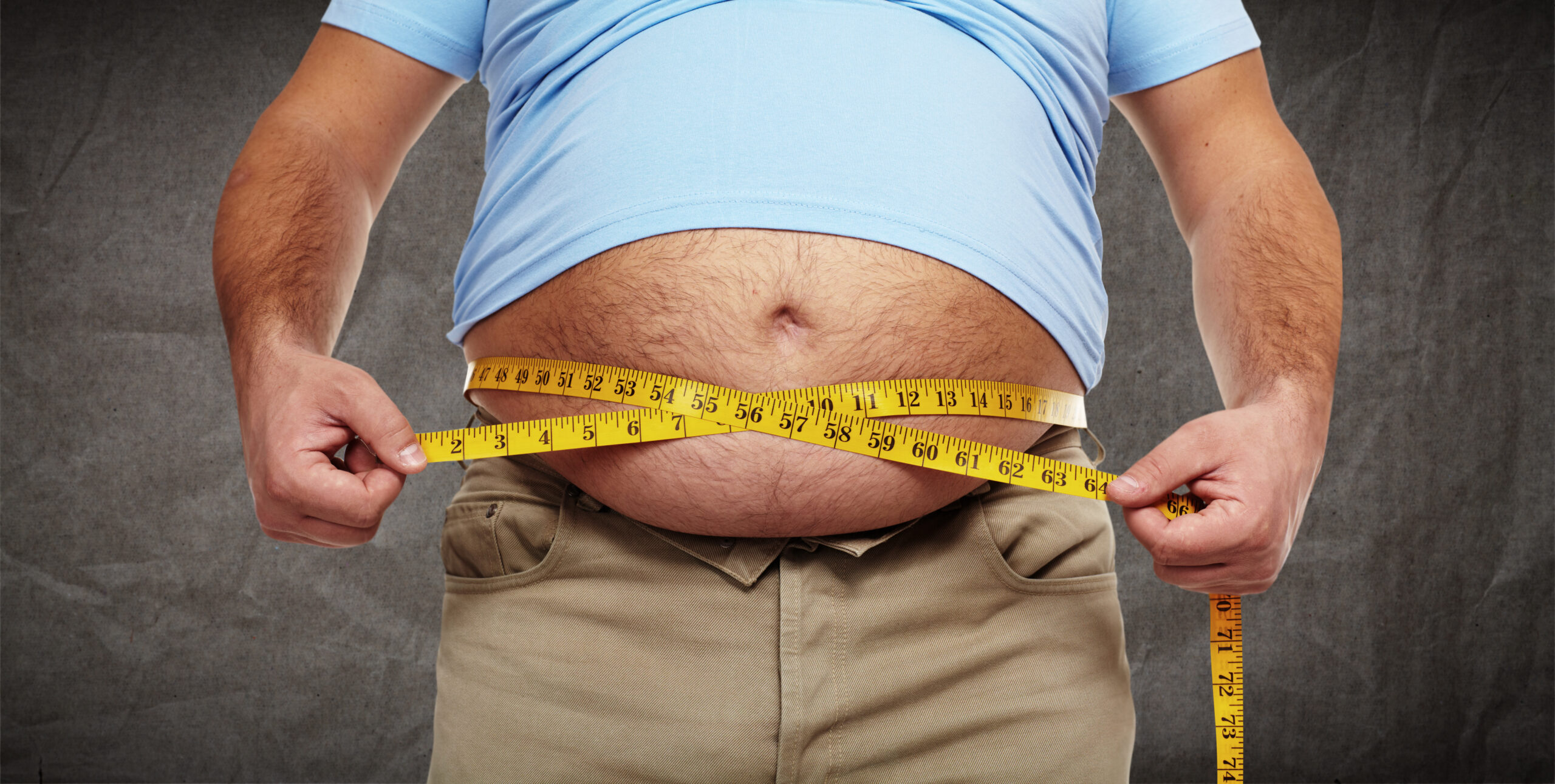Belly or visceral fat is not always visible. Even if you are thin, you can have fat deposits in the abdomen that endanger your health.
Belly fat “suffocates” vital organs, such as the liver, heart, stomach, intestines, but it can also accumulate on blood vessels. Over time, this fat increases the risk of serious conditions such as diabetes, heart attack, stroke or even certain forms of cancer, such as breast or colon.
How to measure belly fat
Unfortunately, belly fat cannot be measured “ochiometrically”. Body composition can only be determined by bioimpedance. This analysis is performed with the BIA (“fat scale”) analyzer and provides information on body composition: fat mass, non-fat mass, lean mass, muscle mass, extracellular water.
But there are certain indications that may suggest the presence of excess fat deposits.
For example, your waist circumference can show if you have too much fat in your abdominal area. A waist size over 90 centimeters in women and over 100 centimeters in men can be an indication that there is too much fat in the abdominal area.
And body mass index (BMI) can provide information about belly fat. A BMI over 30 signals that you are overweight and, consequently, most likely “possessor” of excess visceral fat stores.
Body shape can also be a good indicator of abdominal fat. If you have an apple-shaped body, with a prominent abdomen and thin legs, fat is most likely accumulating in the abdominal area.
Why is belly fat dangerous?
Belly fat is extremely harmful to the whole body. It can increase insulin resistance, favoring the onset of prediabetes and diabetes. This phenomenon occurs due to the excessive production of a protein associated with insulin resistance.
At the same time, visceral fat can dangerously increase blood pressure values. Over time, these excess fat deposits can increase your risk of serious conditions, such as:
How to get rid of belly fat
In order to eliminate abdominal fat, you must keep in mind 2 simple rules: exercise more and eat smart.
In terms of movement, there is not much to say – it is enough to walk, bike, swim, run lightly for at least 30 minutes a day.
But in terms of nutrition there are a few more things to detail. Studies say that a diet rich in calcium and vitamin D is associated with a lower risk of fat accumulation in the abdominal area.
So it’s good to eat more often spinach, tofu, mushrooms, fish of any kind, especially sardines, yogurt, low-fat cheese, foods rich in such nutrients.
On the other hand, certain foods seem to “encourage” belly development. Those rich in trans or saturated fats are to be avoided or eaten very rarely – red meat, sausages, fatty cheeses, fried foods.
Also on the “to avoid” list are carbonated soft drinks, cakes with a lot of cream, candies, pastries and foods containing partially hydrogenated oils or corn syrup (fructose).
Overall, focus on fresh, unlabeled, natural and minimally processed foods: fruits, vegetables, whole grains, lean meats, eggs, low-fat dairy.
The ketogenic diet can be a solution to get rid of belly fat.
Last but not least, try to avoid stress as much as possible, because it can increase the secretion of cortisol, a hormone that favors the accumulation of fat in the abdominal area. Meditation, deep breathing, mindfulness exercises, aromatherapy can be helpful in this regard.
2023-08-20 06:27:10
#DISEASES #caused #belly #fat #Measure #waist #act #URGENT #exceed #number


